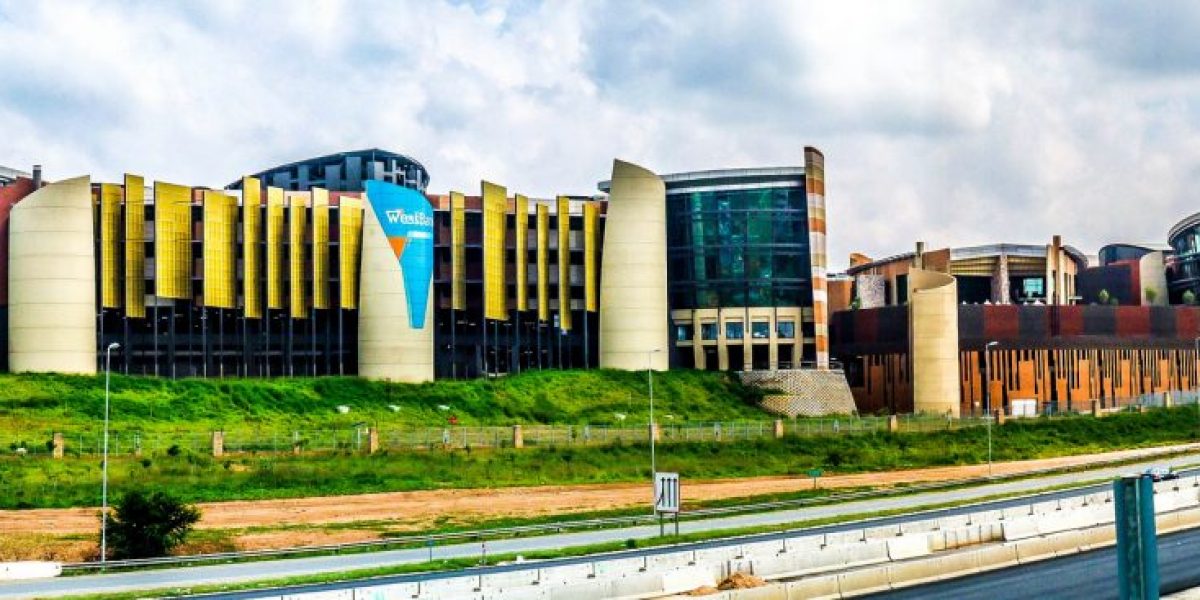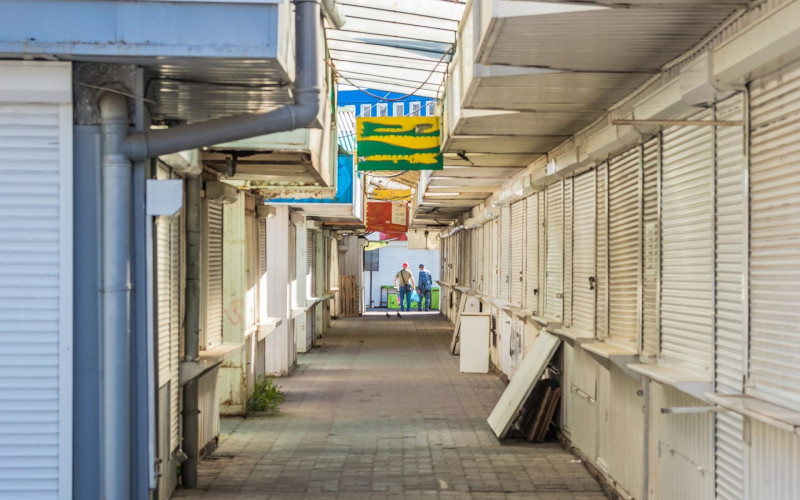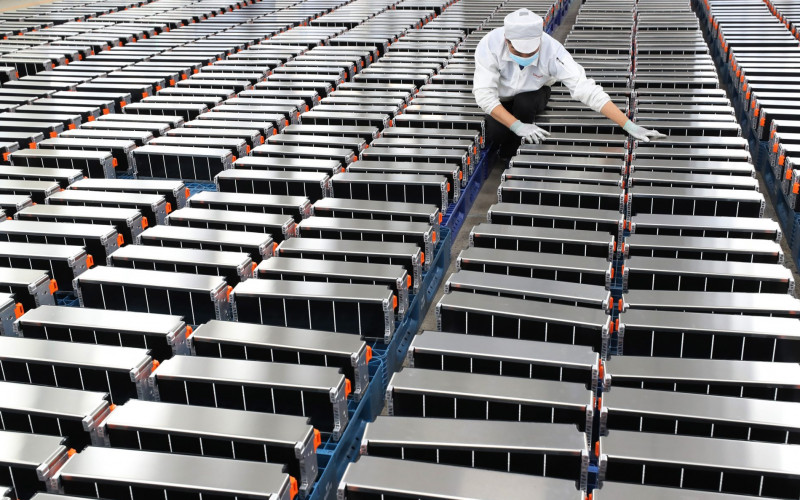Few customers can access bank services, so savings levels remain low and businesses cannot borrow to expand. But new computer, smart-card and telecommunication technologies are changing the face of banking, bringing faster, more efficient services to many people who could never before afford to hold a traditional bank account.
Mobile telephones let customers carry their banks in their pockets. Hundreds of retailers for beverages from Zambian Breweries now pay delivery drivers by sending text messages on mobile telephones. In South Africa, MoPay has launched a service allowing payments to be sent and received via ‘SMS cheques’. Participants pre-register their bank details, and a password. When a payment request is received, computers verify the user and transmit the funds to the right account.
Revolutionising banking
In Kenya, the number of new credit and debit cards issued grew by 40% for the year ending June 2004. Mozambique reported a 52% increase in cards issued with a 213% growth in card transactions, including ATM withdrawals. Although much of the increase comes from issuing cards to existing bank account holders, Kenya’s greater use of electronic banking has boosted the growth of bank customers from 6% to 11% of the population in the past four years.
New technology can cut costs. High banking costs are the result of paper-based payment systems, high labour costs and markets too small to enjoy economies of scale. Introduction of electronic payment systems can cut transaction times and staff levels bringing more money into the formal financial environment, according to a report by the Commonwealth Business Council and Visa International. New technology can speed the growth of banking services as it does not require construction of new bank branches, the report says.
New technology, including electronic and cell phone banking, also speeds up the circulation of money through an economy and can accelerate GDP growth, according to research by Econometrix, a South African consultancy, and Visa International. Electronic banking in many African countries not only helps savings, but reduces the bundles of cash people have to carry, especially in countries which have suffered years of hyperinflation, says Anthony West of Visa Southern Africa.
Improved Security
Banks are still educating customers as to the benefits of using debit cards at a point of sale terminal. In South Africa this makes up only 7% of debit card transactions. But fear of crime is causing many customers to carry plastic.
‘I like it that I can use the card at Checkers [grocery store] then I don’t have to get money from the bank and I don’t have any extra money in my pocket which I will spend. I think it is also safer than carrying money on the taxi,’ said Lindiwe Ndlovu, a domestic worker in Johannesburg.
Sometimes, fairly low technology leads the way. Much as mobile phone users load pre-paid airtime, debit or charge cards with an embedded computer chip can be loaded with money. Users then spend the funds by swiping the card at point-of-sale machines. A shop owner simply needs a machine that can read the card and update the chip. The retailer downloads the information to the bank at the end of the day or week, reducing its calls to the bank a hundred fold.
This pre-paid, bank-on-a-card system became common in Lagos, Nigeria, several years ago even though credit and debit cards linked to bank accounts are still rare there because of fraud, lack of ATMs and poor communications links. In October 2004, international payment organisation Mastercard, in partnership with low-end retail bank Capitec, launched the first pilot project for these cards in South Africa. If the pilot is successful it will be rolled out across South Africa with the intention of introducing it to the rest of Africa.







